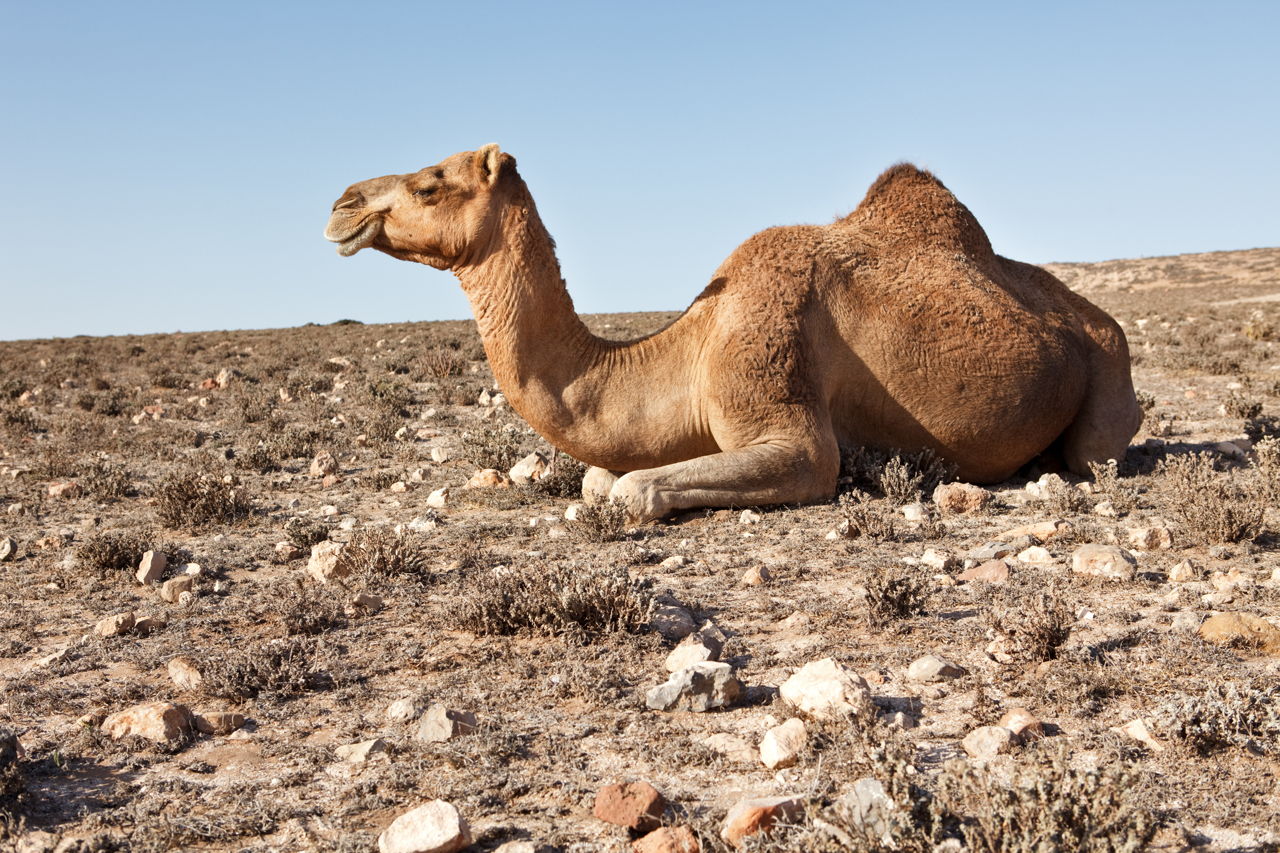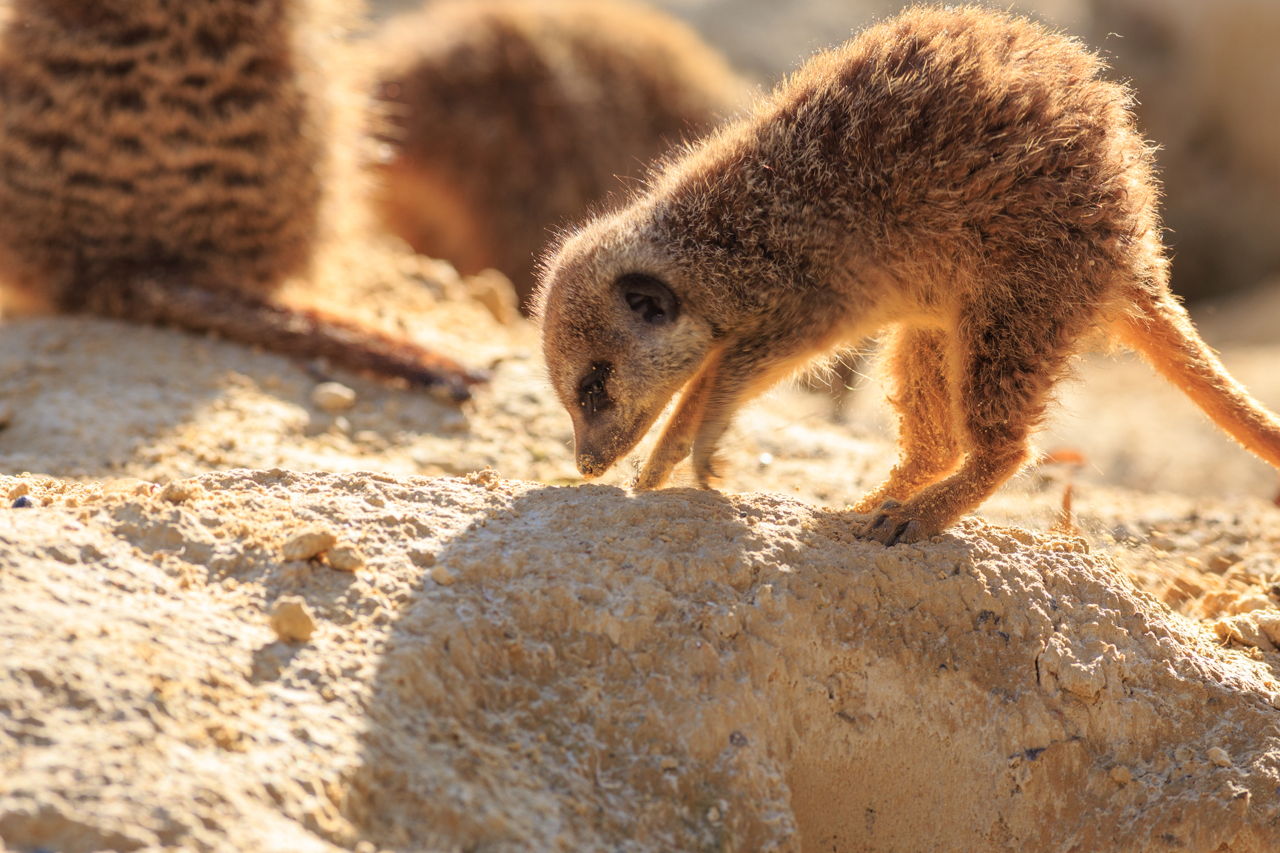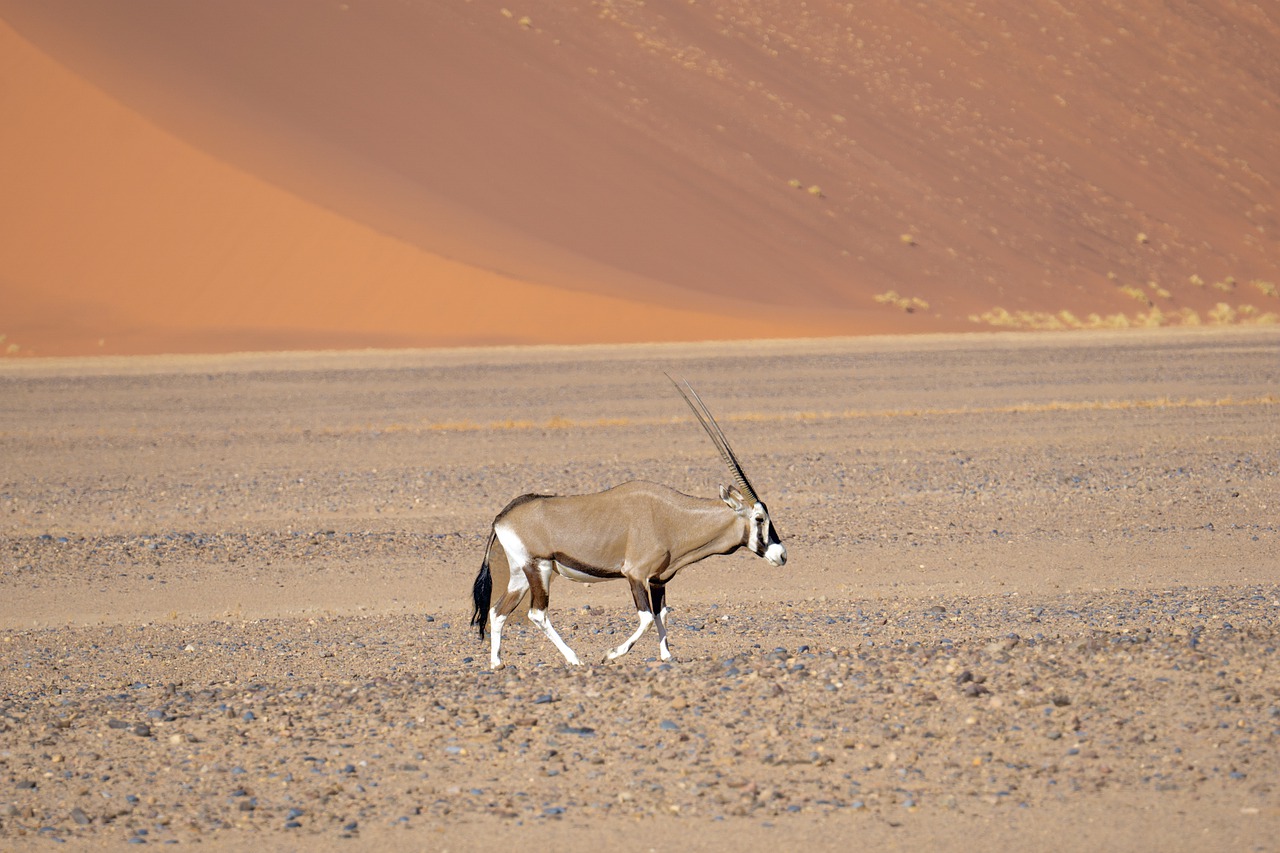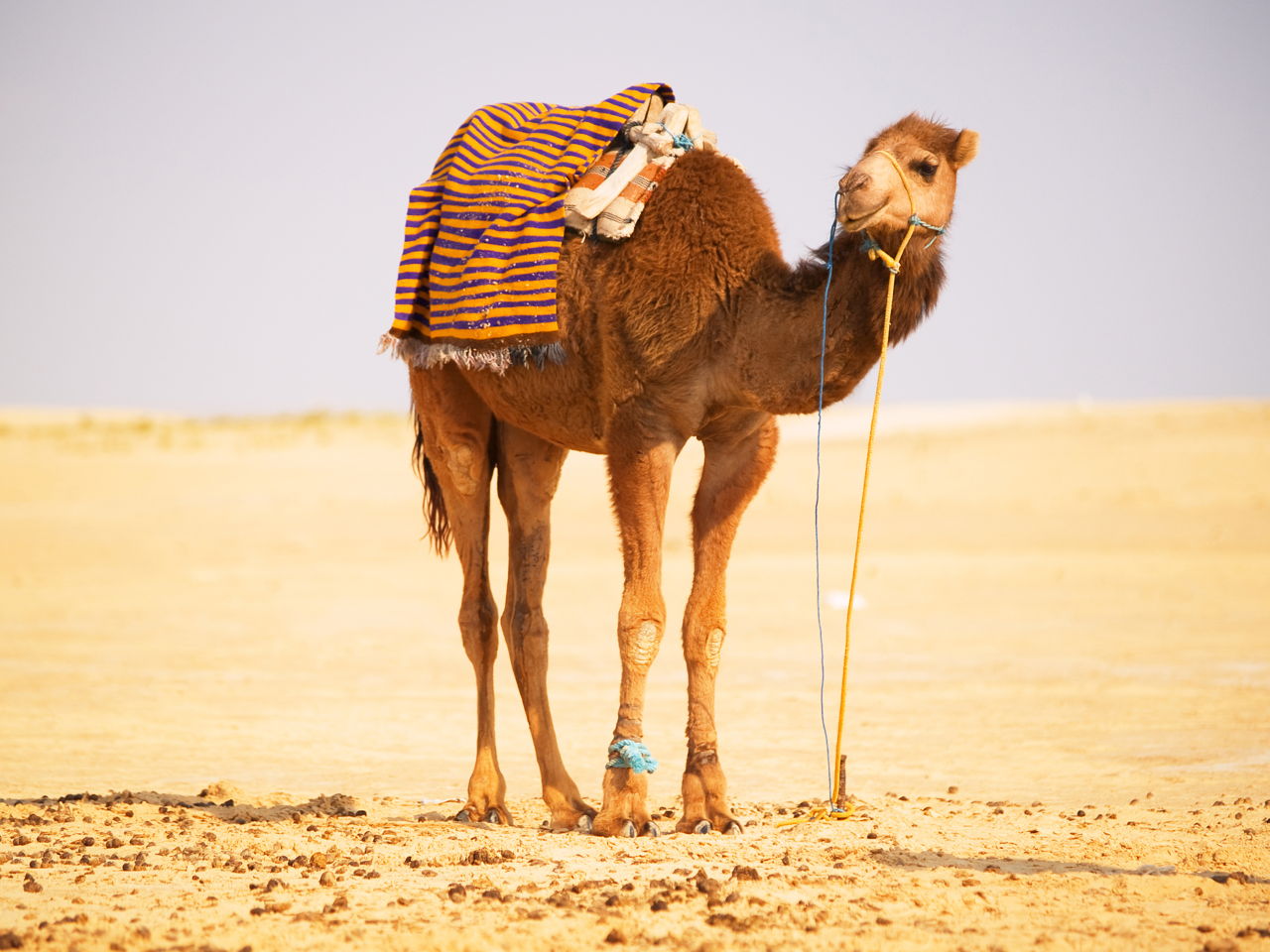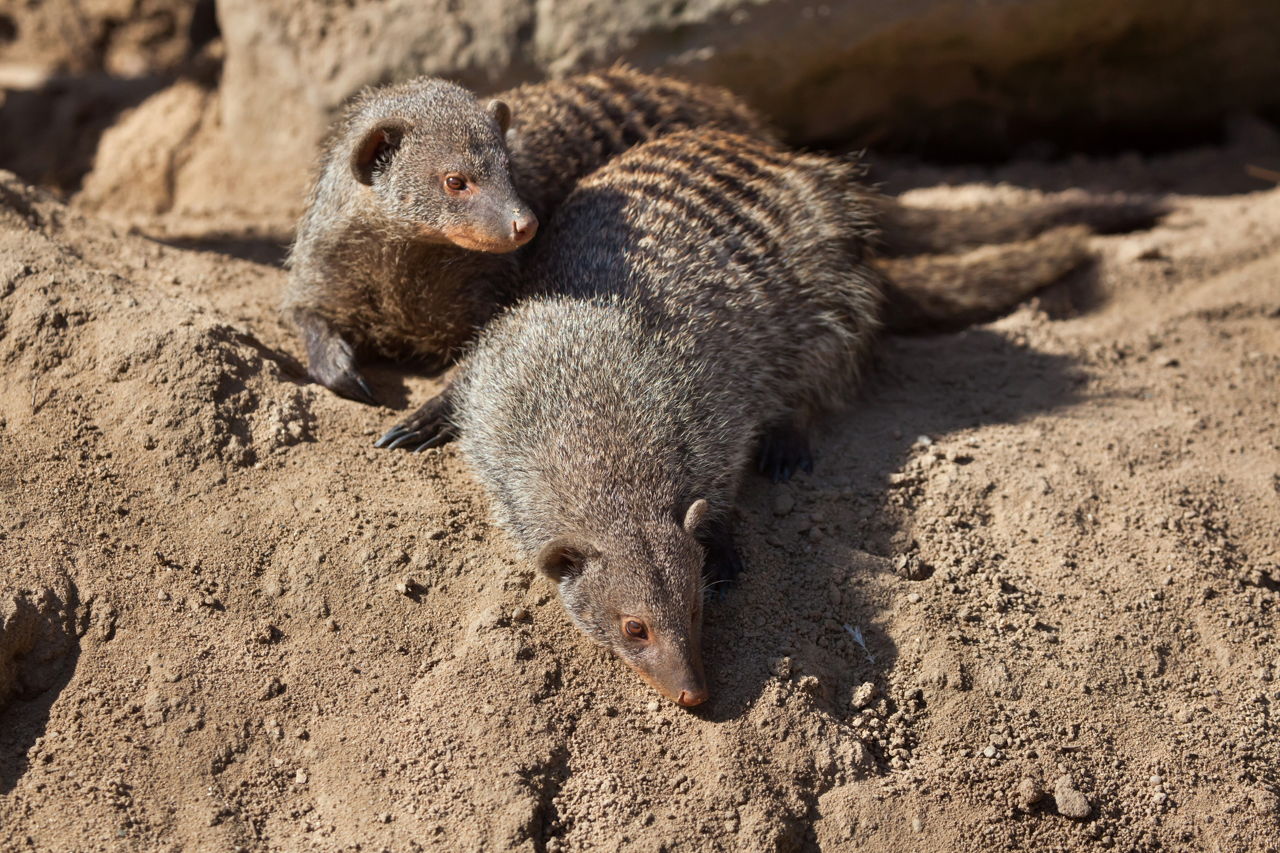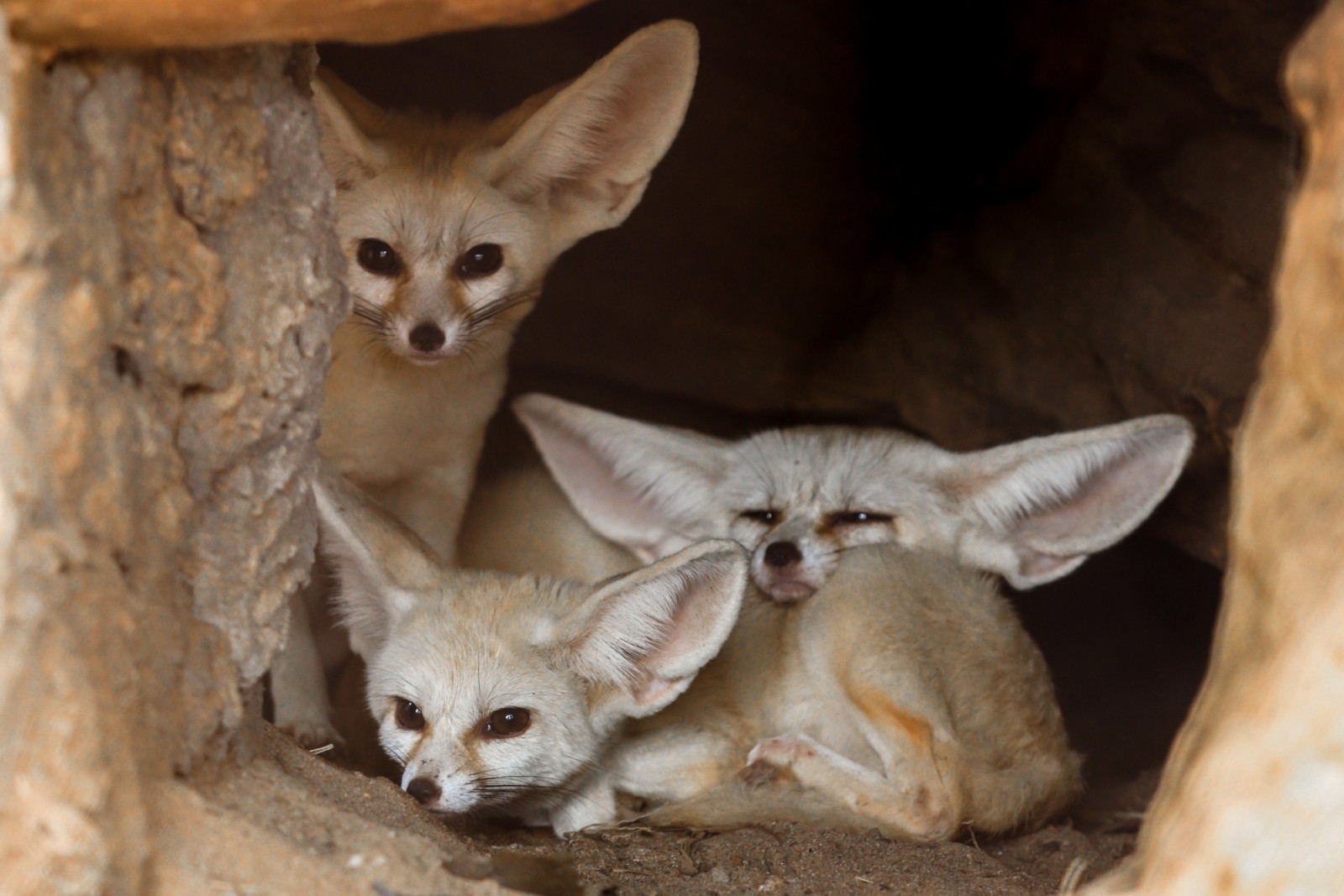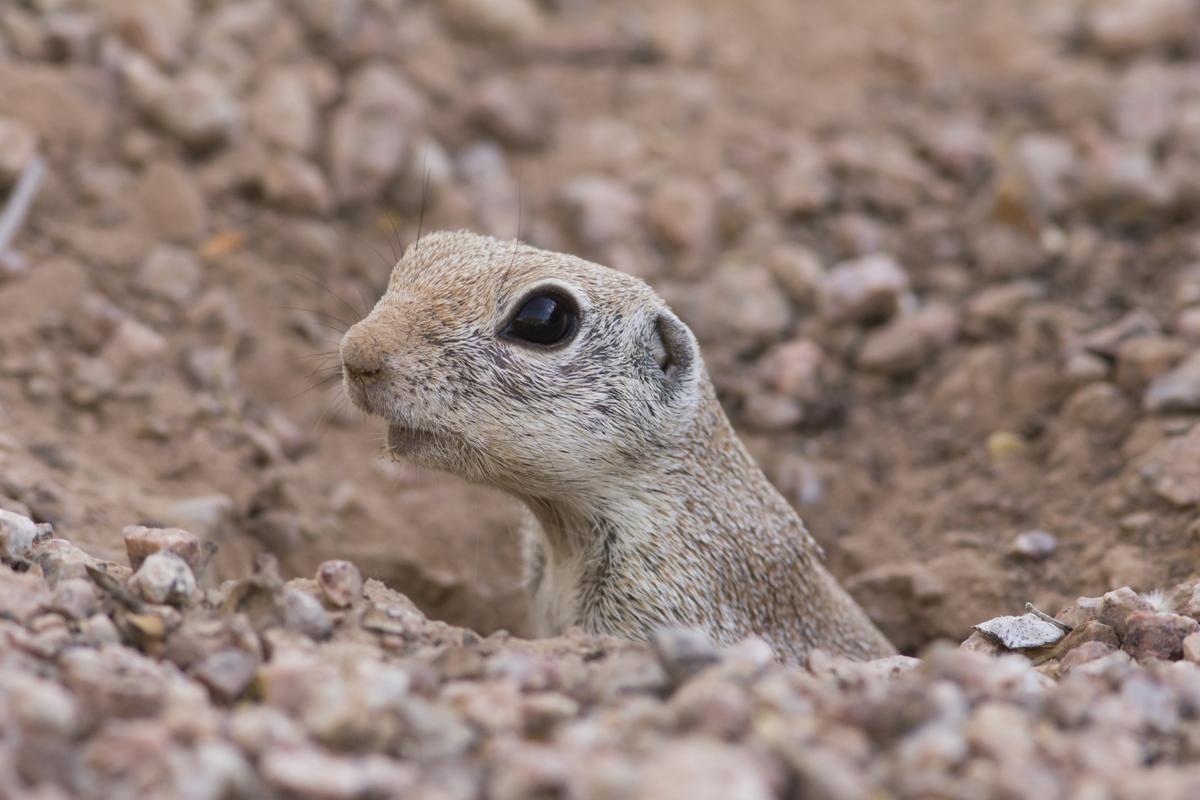Desert Animals Adaptations To Conserve Water

However some deserts receive less than 5 cm of rain per year.
Desert animals adaptations to conserve water. Adaptations of Desert Plants. Since water is so scarce most desert animals get their water from the food they eat. A food chain is a way of showing how living organisms get their energy from each other.
Other mammals conserve water by using it as efficiently as possible. This is made possible due to the physiology of the kidney. The main challenges xerocoles must overcome are lack of water and excessive heat.
Animals such as the black-tailed jackrabbit Lepus californicus are also adapted to life in the desert. To do this they squeeze out every drop available to them and recycle it. What is a desert food chain.
The kangaroo rat which lives in the desert of southeastern Arizona is so good at conserving water that it doesnt have to drink at all. It gets all the water it needs from eating seeds. Succulent plants seeds or the blood and body tissues of their prey.
The pit animals are the excavators who dig galleries. Cold deserts are also populated by many small mammals that horde food and are stingy about what they eat. Equally ingenious are the diverse mechanisms various animal species have developed to acquire conserve.
One of the biggest water retention adaptations desert animals have is simply to avoid the sun and extreme heat. Another example of desert animals that show some classic adaptations are the kangaroo rat seen in the North American. Thus adaptations of desert animals are actually the adjustments to protect themselves against high temperatures to live without water and to conserve water as far as possible.

